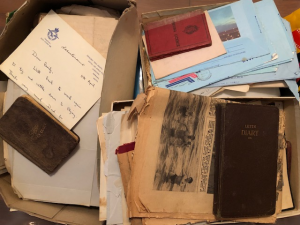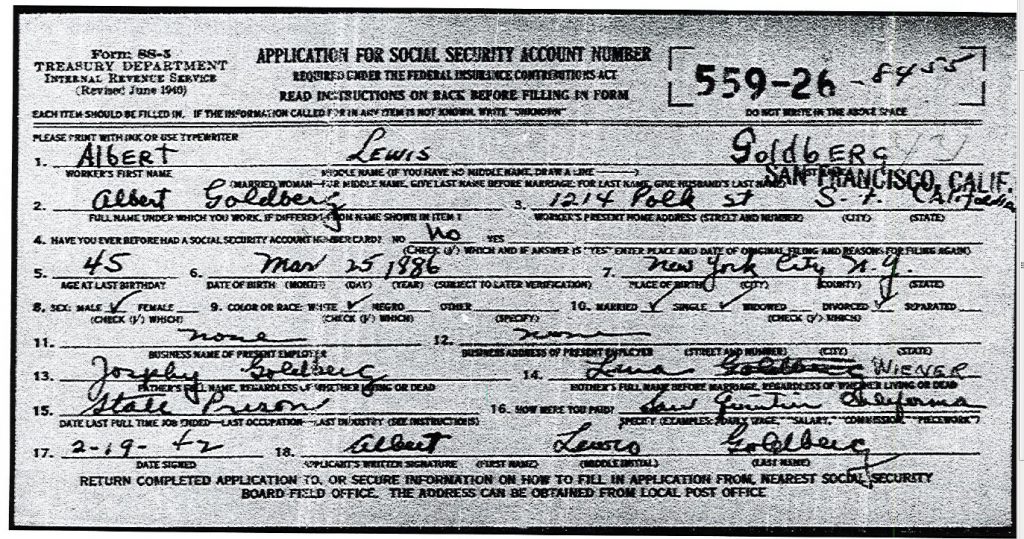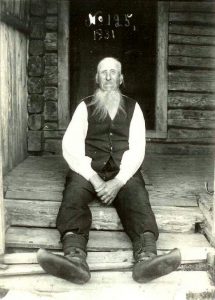
In my post earlier this year, regarding preliminary research into the future Duchess of Sussex’s matrilineal ancestry, I indicated that I had ordered several additional twentieth-century records that might lead to corrections or additions. Fortunately, none of the new records seriously affect the lineage I presented, but obtaining one record was not so straightforward. Continue reading Challenging modern records








